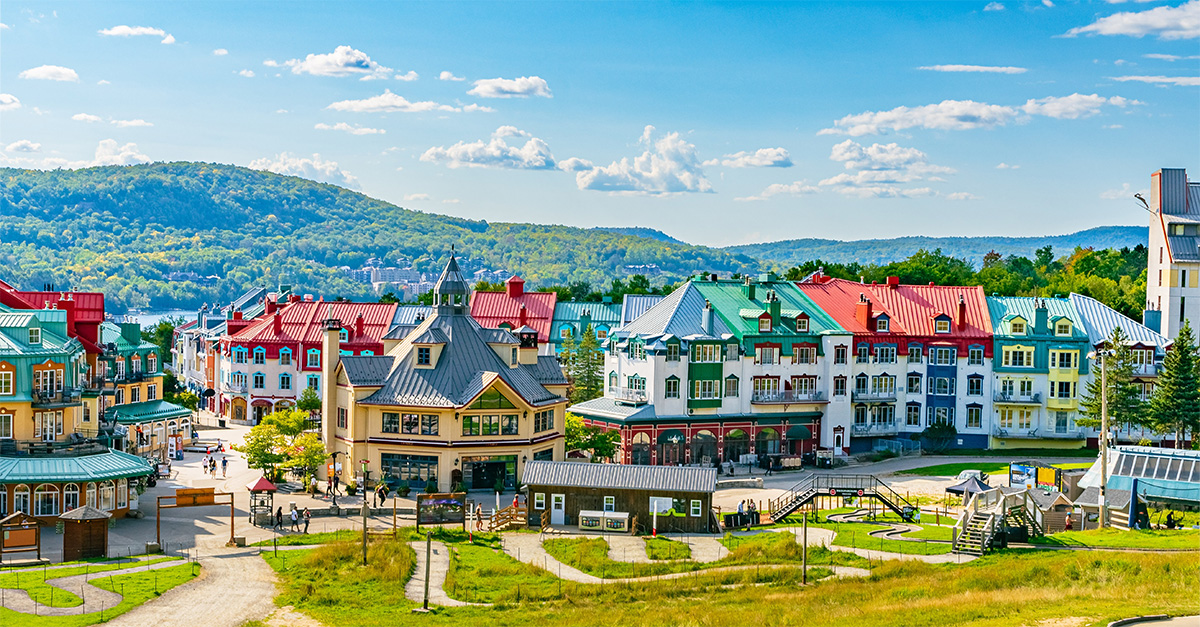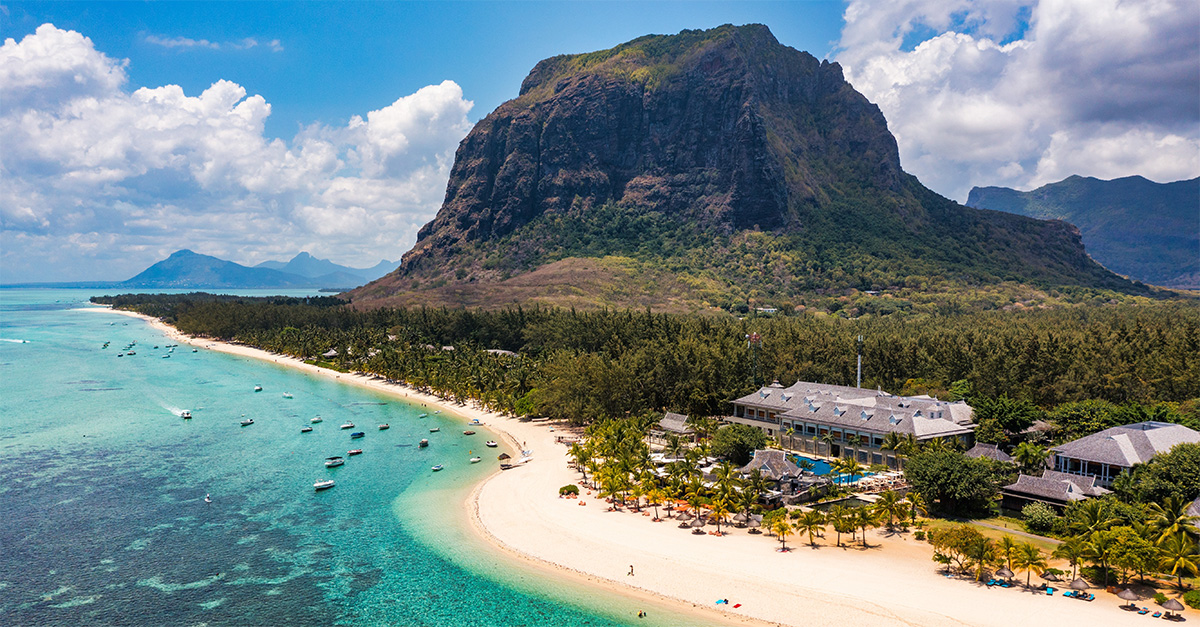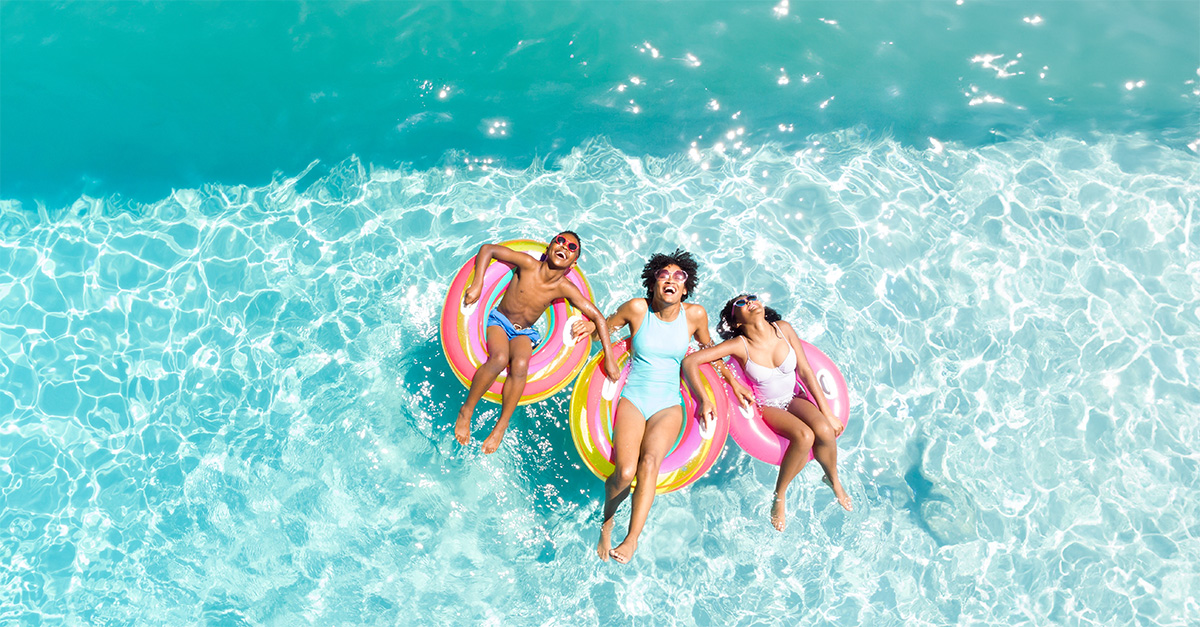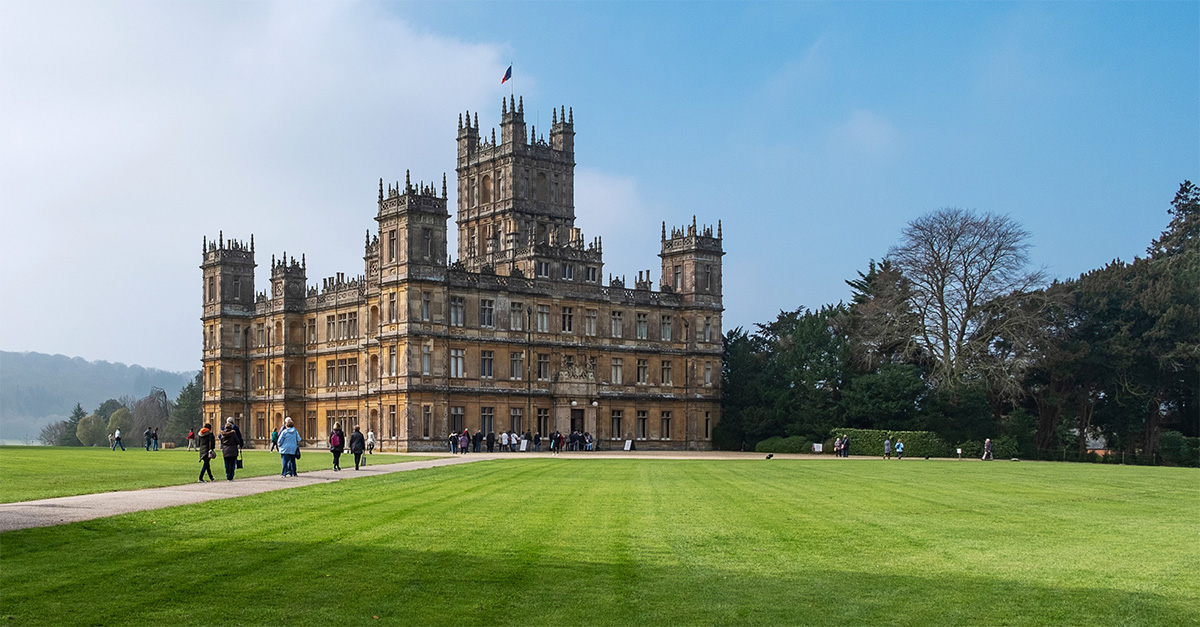Lanterns, dumplings and a toilet-themed restaurant: Taiwan is utterly unique, discovers Joanna Booth
Like this and want more details? Click here to download and save as a PDF.
I’m sitting a few rows behind Hollywood actor Rob Schneider. We’re watching a 23m-high glowing horse revolve in time to the music. Fireworks explode overhead and a huge crowd is cheering. This is not one of my weirder dreams. This is Taiwan.
OK, this is particularly strange, even for Taiwan. I’m attending the annual Taiwan Lantern Festival, hence the celebrities and the giant My Little Pony lookalike light fixture. However, even everyday elements of a visit to Taiwan can be gloriously unusual, from drinking bubble tea and dining in a toilet-themed restaurant to taking a cablecar peopled by oversized teddy bears or watching a religious ceremony where celebrants dodge firecrackers and burn wads of fake money.
However, it’s not all weird and wacky. The Portuguese called Taiwan Ilha Formosa, and the ‘beautiful island’ tag seems particularly fitting when you’re overlooking the cherry blossom and tea plantations of the Alishan highlands, or floating on the clear waters of Sun Moon Lake.
And with a history peppered by conquests, from the Dutch to the Japanese to the Chinese, Taiwan’s diverse cultural heritage is visible everywhere from its temples and museums to its cuisine. It will never be mainstream, but this small, friendly island is perfect for clients who enjoy touring off-the-beaten-track destinations. And now that Emirates flies daily direct from Dubai – the route launched in February – it’s easier to reach than ever before.
CITY SIGHTS
Beyond its reputation for manufacturing – anyone born before 1980 will remember when toys were labelled ‘Made in Taiwan’ rather than ‘Made in China’ – the Taipei 101 tower is the reason many Britons will have heard of Taiwan.
Ranked as the tallest building in the world from 2004 until the Burj Khalifa came along and stole its thunder, Taipei 101 towers over Taiwan’s capital like a great glass pagoda.
A trip up to the 89th-floor observatory is a must, not merely for the bragging rights and panoramic views – though these are not to be sniffed at – but also because it gives you an insight into a very Taiwanese habit.
At the heart of Taipei 101 is its anti-earthquake and typhoon technology which, alongside 80m-deep foundations, includes a 660-tonne, 5.5m-diameter steel pendulum called a damper, suspended between floors 87 and 92.
Rightly proud of this towering piece of engineering excellence, the Taiwanese have celebrated it by reimagining it as a cute cartoon character. Yes, the house-sized steel ball becomes ‘Damper Baby’, available in the gift shop in a range of colours and sizes. It might seem strange to visitors, but most things in Taiwan come with an adorable avatar, and aspects of industrial technology are no exception.
Dumplings, too, get the cartoon treatment. At the base of Taipei 101, Din Tai Fung is renowned as one of the best restaurants in the world serving xiaolongbao, and a smiling, dumpling-headed mascot stands sentry at the door. Patrons are smiling too.
‘Steamed dumpling’ doesn’t really do justice to these fluffy clouds of heaven, filled with pork, crab, prawn, vegetables and red bean paste.
This Asian chain originated in Taiwan, and photos of celebrities who’ve eaten there – you’ll spot Tom Cruise – line the walls by the open kitchen where the chefs work at lightning speed, crafting five dumplings a minute – each one must weigh 21g and have 18 folds.
For really intricate workmanship, the next stop has to be the National Palace Museum, which is home to porcelain, jade, bronzeware and calligraphy works, with some of the treasures on show dating back 8,000 years.
Many of the pieces started life in the Forbidden City in Beijing. When nationalist leader Chiang Kai-shek fled China following defeat by Mao’s communists, he came to Taiwan, and brought a huge collection of priceless artefacts with him, including cobalt and white Ming vases, porcelain sculptures of ladies and warriors, and, most famous of all, the jade cabbage.
At barely 20cm high, UK visitors will struggle to understand the popularity of this green and white bok choi hewn from jade.
However, it’s the Mona Lisa of carved jade, so queues of tourists from all over Asia stretch outside the display area. Recommend clients visit between 4.30pm and 6.30pm to avoid the worst of the crowds. Afterwards, the 20-minute walk up Elephant Mountain is a must at sunset, for views over the city and Taipei 101 as the lights come on.
TEMPLES AND TRADITION
Temples in Taiwan aren’t just places of worship. Whether dedicated to Buddhism, Taoism or Confucianism, they’re museums, art galleries and prime people-watching spots, and visitors will find thousands to choose from.
The old centre of Lukang, on Taiwan’s northwest coast, has a host of beautiful temples. Incense wafts, monks ring bells, and worshippers pray for good fortune under tiled pagoda roofs and brightly-coloured lanterns.
This is hardly surprising as Lukang is Taiwan’s centre of traditional lantern making. The old town’s narrow lanes are lined with gorgeous heritage buildings housing lantern shops – we visit the legendary Mr Wu’s and are greeted by the famous old man himself, the same long beard recognisable from the photos on the walls of him with Lady Gaga, who popped by when she visited.
Driving through rural Nantou County, we spot plumes of smoke outside the Chi Gong temple in Chuko village. It’s the birthday celebrations for a much-admired Buddhist monk, and we stop to watch the costumed parade as locals let off a barrage of firecrackers and throw fake money into a roaring furnace.
THE TASTE OF TAIWAN
Taiwanese food is something to write home about – or tweet countless pictures of, depending on your age. With influences of China, Japan and Korea, it’s varied and mostly very cheap.
Street food is hugely popular, from hole-in-the-wall cafes to stalls at the country’s famous night markets. “Farmers had to eat five or six times a day, and so our tradition of snacking begun,” says our guide Felix, as we enter Taipei’s Shilin Night Market.
Stretching over a network of streets and with an underground area too, you can try almost anything here, from a myriad flavours of the famous bubble tea – a sweet drink laced with chewy balls of tapioca – to oyster omelette, beef noodle soup and the famous stinky tofu. The latter smells terrible but tastes fairly innocuous.
Nearby, you’ll find one of Taiwan’s odder themed restaurants (there are others, based on everything from Hello Kitty to a prison). Modern Toilet Restaurant has what’s best described as a bathroom theme. Guests sit on sparkly toilets – lids closed – at glass-topped baths, and eat everything from stew to chocolate ice cream out of tiny lavatory bowls.
Eating well is easy in Taiwan. Traditional dishes include gua bao, the Taiwanese equivalent of a hot pork sandwich, and shabu-shabu hotpot, where a vast vat of boiling broth sits in the centre of the table, and diners add vegetables and meat to their taste.
Clients who want to take these flavours home can’t go wrong with the irrepressible Ivy Chen, who runs her Ivy’s Kitchen cooking classes from her cute flat near Taipei’s Shi Dong market, where you meet first to shop for ingredients. And what ingredients: mushrooms that look like ears, water lotus that’s longer than Ivy is tall, and loofah – yes, the thing you scrub your back with before it’s dried!
With fluent English and years of experience, self-taught chef Ivy makes everything seem possible, and we get stuck in rolling out discs of dough to make dumplings.
We’re slower than the chefs at Din Tai Fung, but our pork and loofah fried dumplings taste delicious, along with steamed aubergine, and chicken cooked in a clay pot.

BEAUTY SPOTS
I’m not a keen early riser as a rule, but Alishan’s Sea of Clouds is worth setting the alarm for.
The sun rises above a mass of fluffy white hanging in the alpine valleys, slowly burnishing them gold. Some tourists climb up a mountain peak to see this phenomenon, but guests at Alishan House, the most luxurious hotel in the National Scenic Area, need only scamper up from their rooms to the roof terrace.
Visitors flock here to find beauty and serenity among towering cedar forests and waterfalls, and to ride the alpine railway that switchbacks its way up the peaks.
In spring, pockets of the canopy turn pink with cherry blossom, and the Taiwanese are just as in thrall to the seasonal beauty as the Japanese – the faintest hint of a bud and there’ll be a queue to have a photo taken with it.
The region is also carpeted with low, green terraces of the local speciality oolong tea, so recommend clients stop off at a plantation to see how the leaves are twisted and processed before tasting a cup.
When the sun shines, the waters of Sun Moon Lake, Taiwan’s largest, reflect the clear blue sky. Boat trips are the most popular way to appreciate the beautiful scenery, circling tiny Lalu island, sacred to the area’s indigenous Thao tribe, and dropping visitors off to see Wenwu Temple and the Ci-en Pagoda.
Cycling around the lake is also popular, with a circuit of well-maintained pathways and good-quality mountain bikes to hire. As well as speeding through the scenery, it’s worth a stop at the Xiangshan Visitor Centre to learn about the local aboriginal population and how the lake was doubled in size during the Japanese occupation to generate hydro-electric power.
Cycling and scenic boat rides? It’s all sounding a little sane and normal for Taiwan. Never fear – for another dose of endearing eccentricity, take the cable car ride over the nearby mountain. T
he views over the lake are lovely, but the real attraction is the range of giant teddy bears, all in different costumes, that you inexplicably share the cars with.
Maybe those labels on the toys were misprints: instead of ‘Made in Taiwan’, they should have read ‘Mad in Taiwan’.




